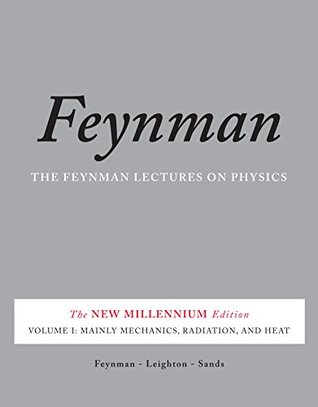More on this book
Kindle Notes & Highlights
Read between
November 15, 2015 - February 4, 2021
49
Modes
The reflection of waves
Confined waves, with natural frequencies
Modes in two dimensions
Coupled pendulums
Linear systems
It becomes something like this: a quantum-mechanical system, for example an atom, need not have a definite energy, just as a simple mechanical system does not have to have a definite frequency; but no matter how the system behaves, its behavior can always be represented as a superposition of states of definite energy.
50
Harmonics
Musical tones
The Fourier series
Quality and consonance
Perhaps we should make the following rules. Notes sound consonant when they have harmonics with the same frequency. Notes sound dissonant if their upper harmonics have frequencies near to each other but far enough apart that there are rapid beats between the two.
The Fourier coefficients
The energy theorem
Nonlinear responses
51
Waves
Bow waves
Shock waves
Waves in solids
Surface waves
52
Symmetry in Physical Laws
Symmetry operations
Table 52–1. Symmetry Operations
Symmetry in space and time
Symmetry and conservation laws
Mirror reflections
Polar and axial vectors
Which hand is right?
Parity is not conserved!
Antimatter
Broken symmetries


